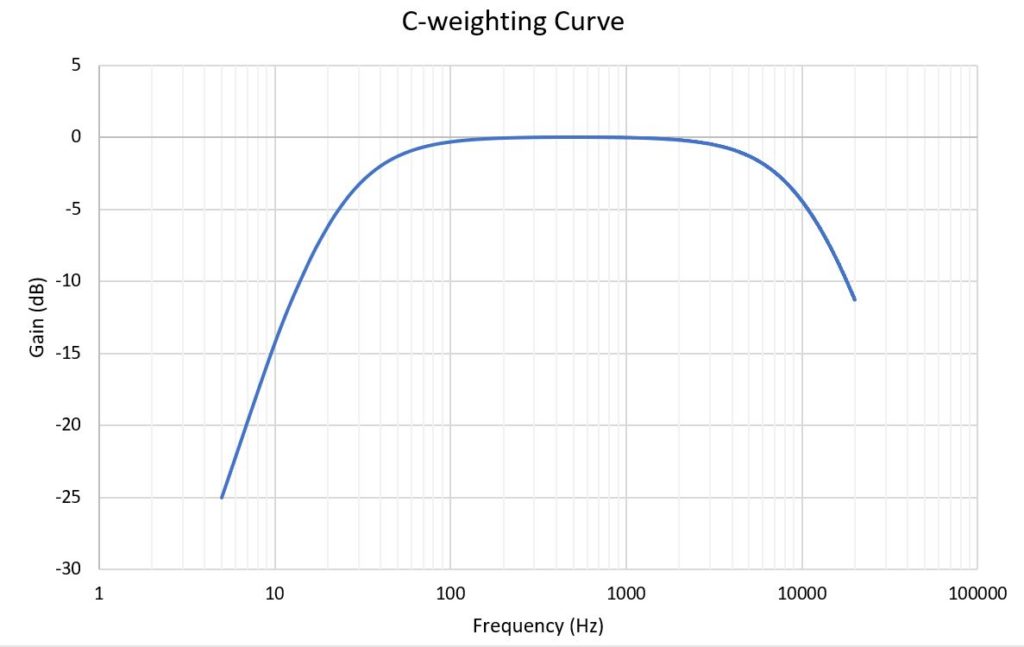dasdoing
Major Contributor
So the first question is whether Equalizer-APO already has a +10dB adjustment built-in for the LFE channel when you give it a mix equation. If it is aware of what LFE is, and that it is a louder signal then it may well do.
That would make more sense than a belief that VLC would be doing an adjustment.
Edit: A bit of research doesn't show any evidence that there is a built-in 10dB adjustment. Here I see someone doing the opposite-direction 10dB adjustment manually in a bass-management filter:
Code:Eval: crossfreq=120 Copy: BASS=L+R+C+SL+SR Channel: L R C SL SR Filter: ON HP Fc `crossfreq` Hz Filter: ON HP Fc `crossfreq` Hz Channel: BASS Filter: ON LP Fc `crossfreq` Hz Filter: ON LP Fc `crossfreq` Hz Copy: LFE=LFE+-10dB*BASS
while I meassured the peaks I obviously disabled everything in EQ-APO.
just did it again, this is the scene. the number is the max (not full 0dBFS) that just ocured. it is when the bad guys car crashes into them to stop them at the square. just before the shooting
and this is the other scene I was refering to
here the LFE is actualy only active on 3 shots of the the dozens he shots at the window

